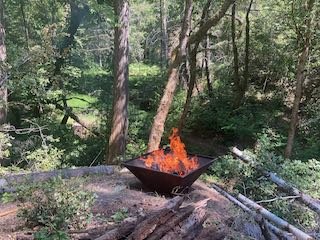Since the discovery of Amazonian terra preta soils in the 1950’s, biochar has been thought of as a soil amendment by Western culture. Seen through the lens of history, there is no other application for it, besides drinking water filtration and relieving gastronomic distress. As far as we know, that’s all that humans ever figured out to do with it.
The Ithaka Institute knows better. Published in 2012, their “55 Uses of Biochar” recognizes many more ways that biochar can improve our lives, relatively few of which involve soil. Careful and consistent attention to process conditions can produce a wide variety of precisely tuned materials for specific applications in a surprisingly diverse range of disciplines. The Ithaka article presaged many of these.
Take snowboarding for example. Who would have thought that biochar would turn up there? Ithaka did, at least in concept—in uses #31 (carbon fiber) and 32 (thermoplastics). The explanation entails quantum physics, but you can skip over that section and still get the point.
Maurizio Bormolini (center) rides biochar to victory in World Cup 2024/25
Granted, highly evolved chars are out of reach for the average bio-collier. But experience begets innovation, and the ambitions of younger biochar practitioners can be served by these advanced applications. Start where you are and see where it takes you.
As the snowboard article states, biochar has a durable value as a soil amendment in gardening, although not for industrial agriculture as it turns out. But all biochar placed in a static medium keeps carbon out of the air, regardless of sophistication. Fortunately for the world as we know it, the limits of carbon sequestration with biochar will probably continue expanding, through human ingenuity.
















